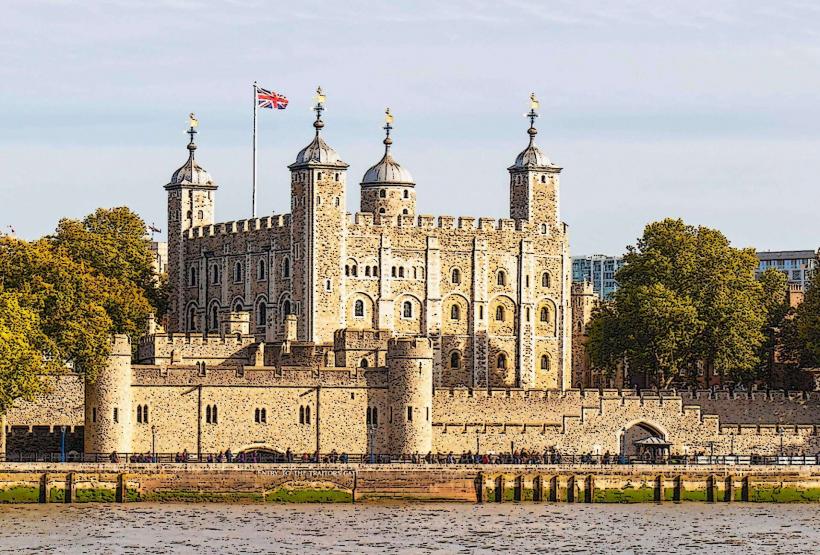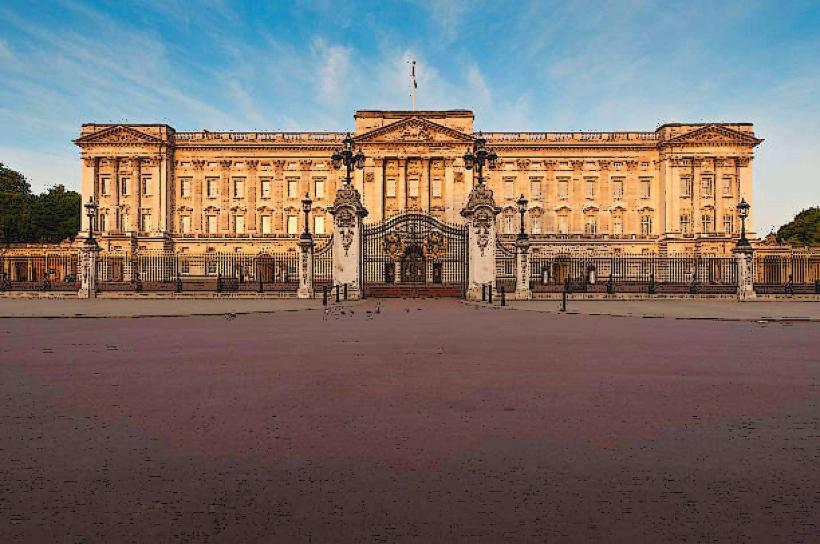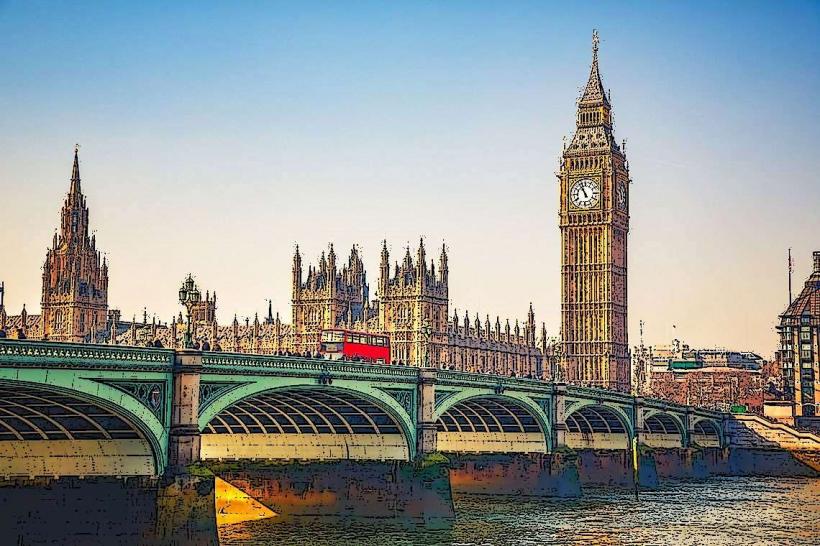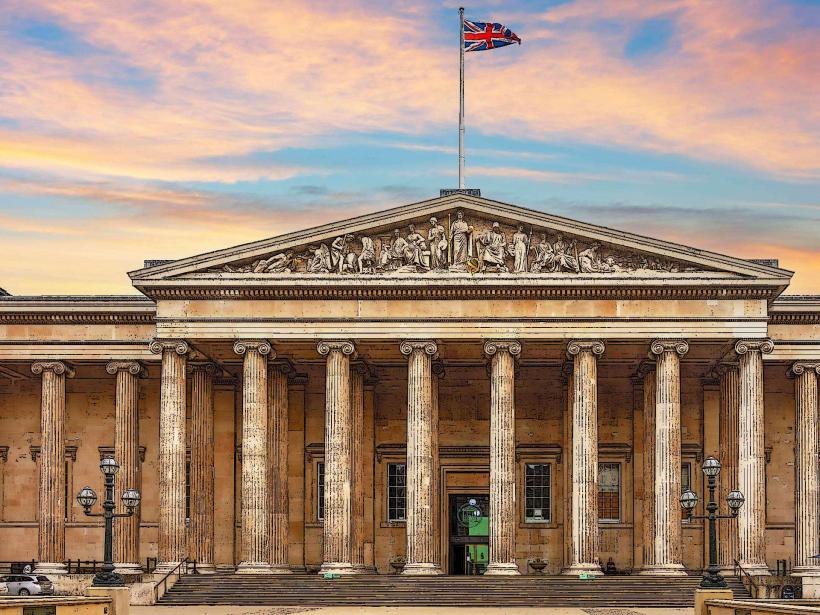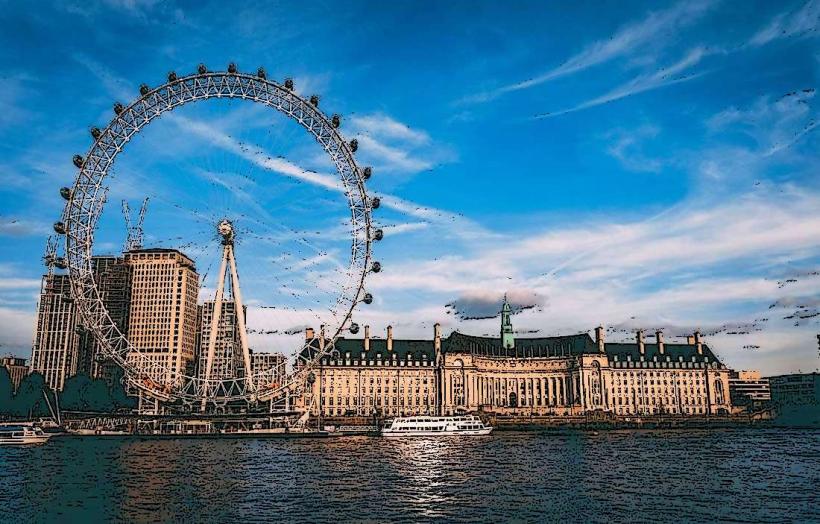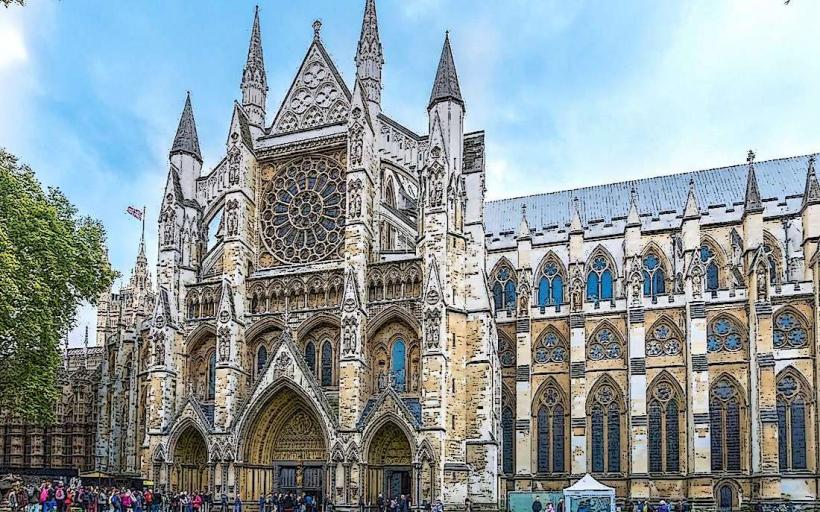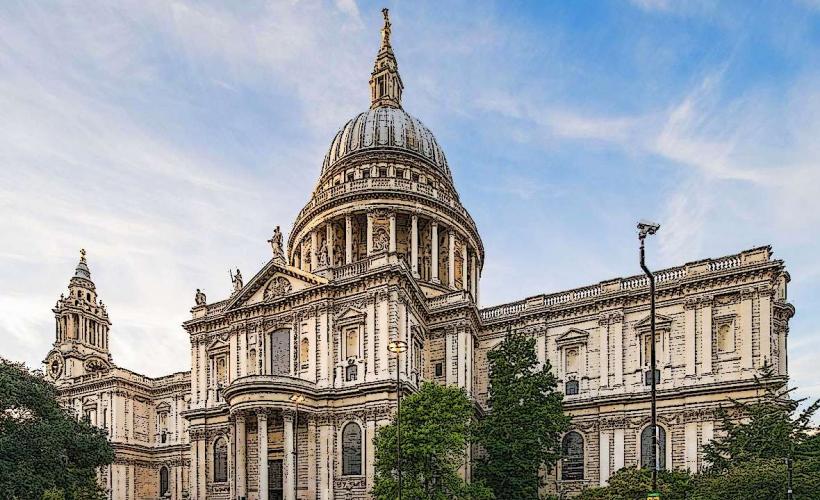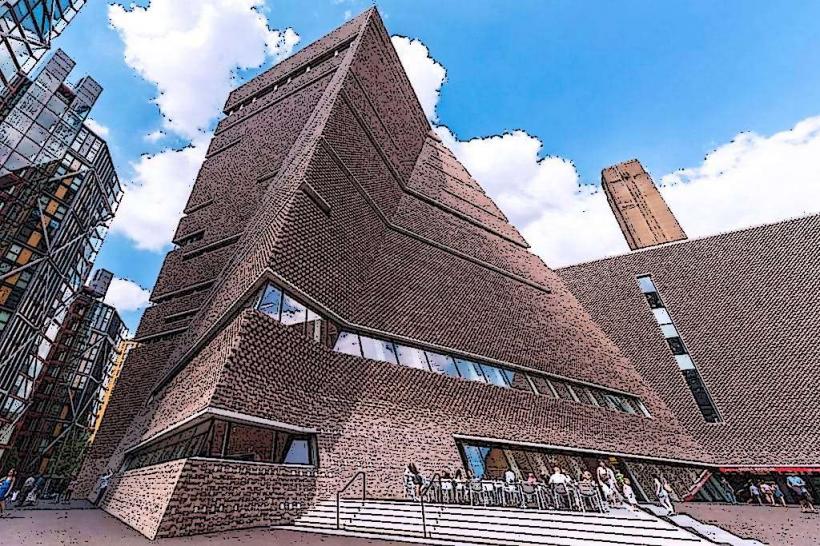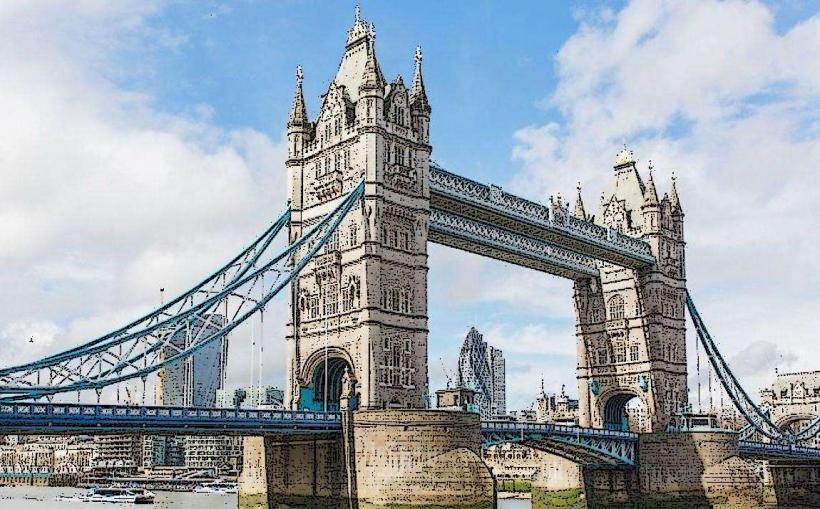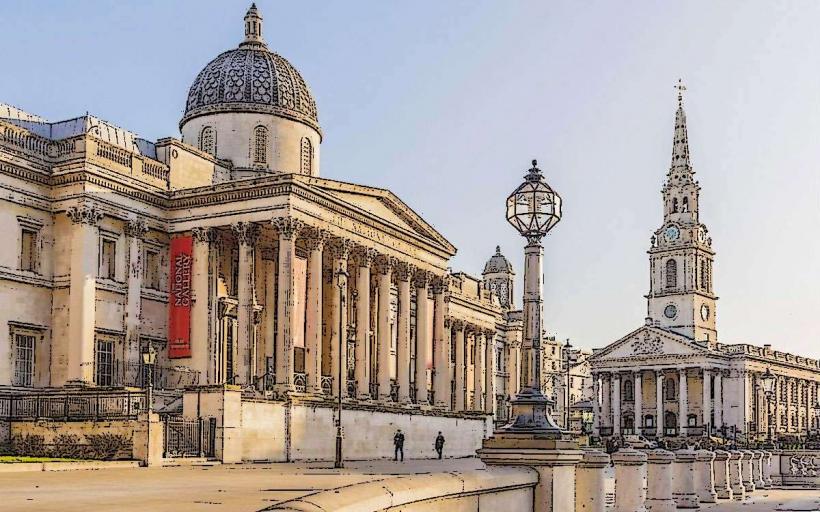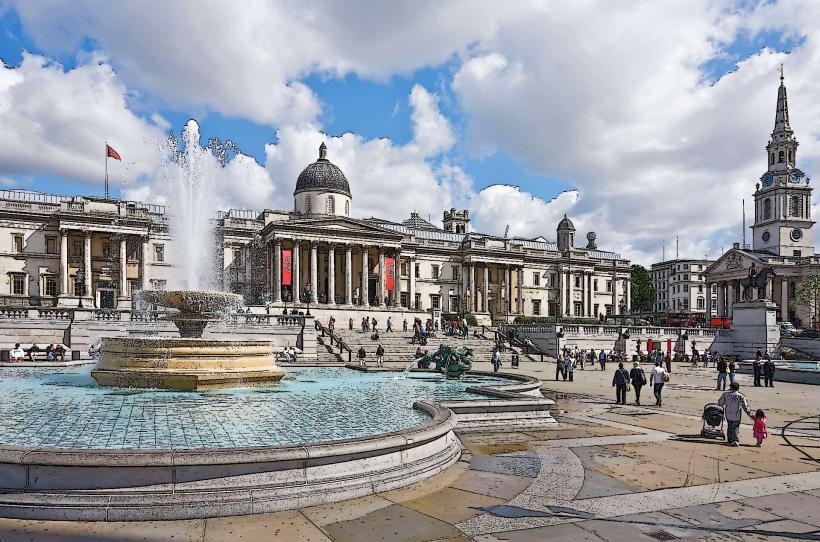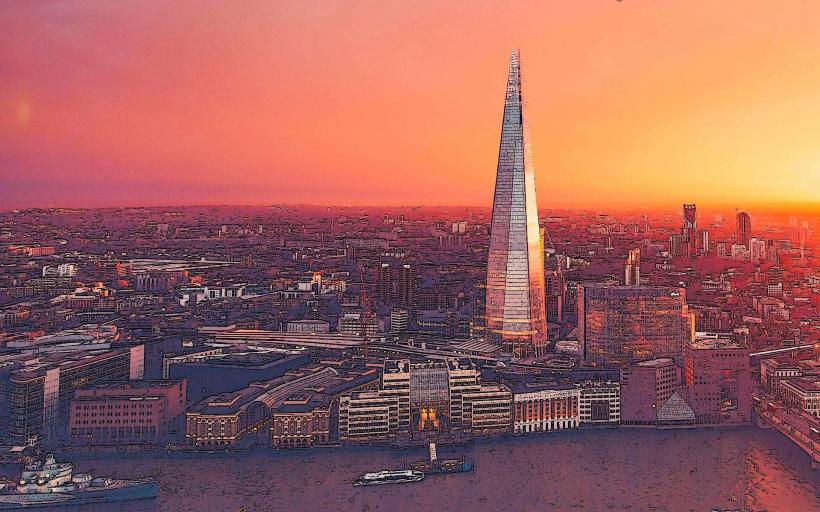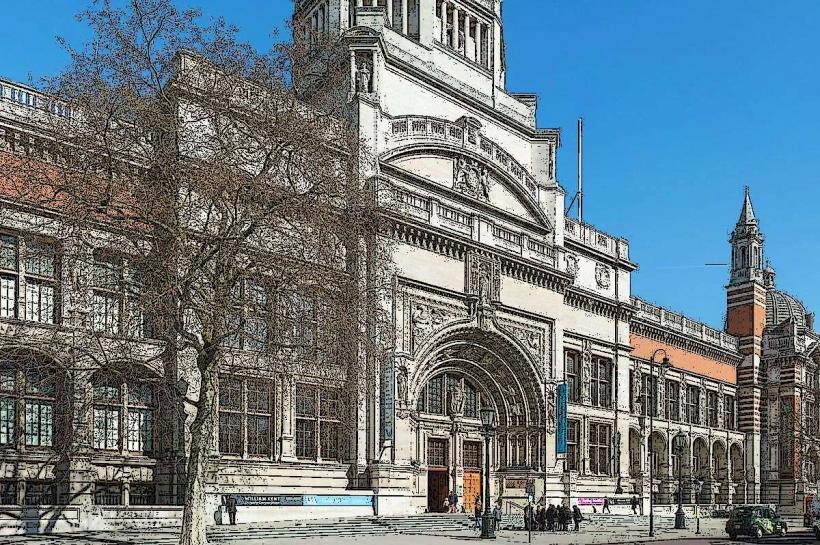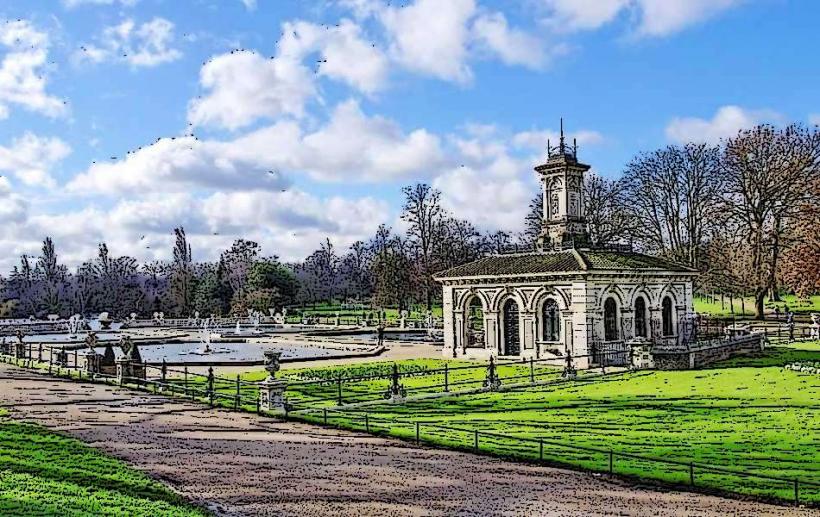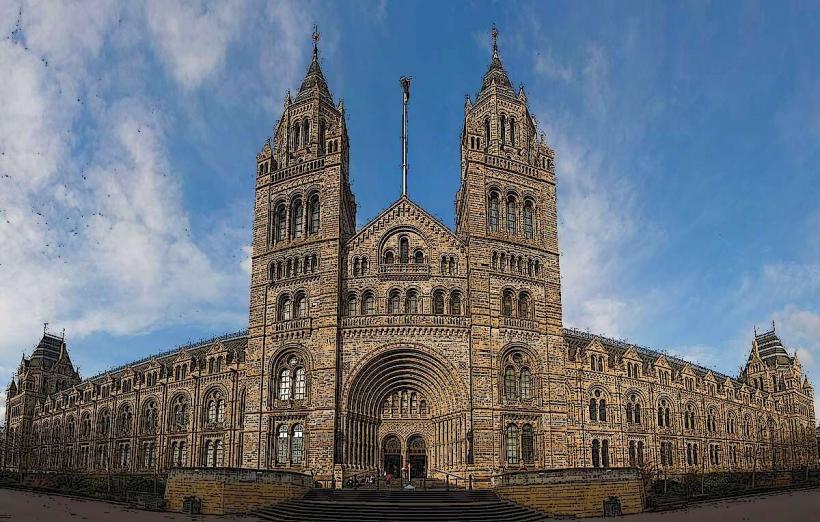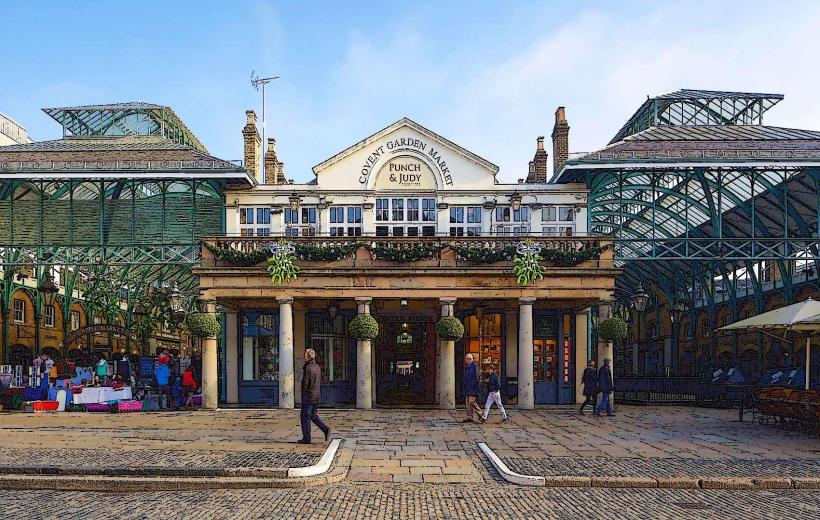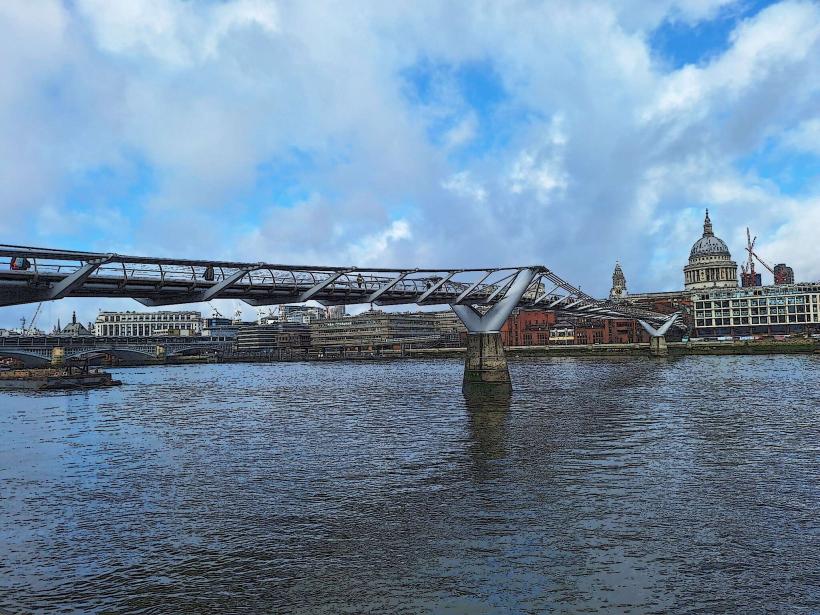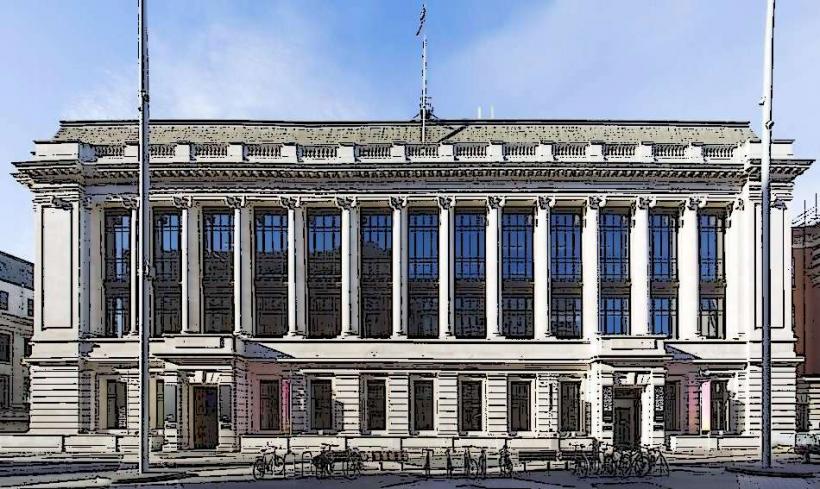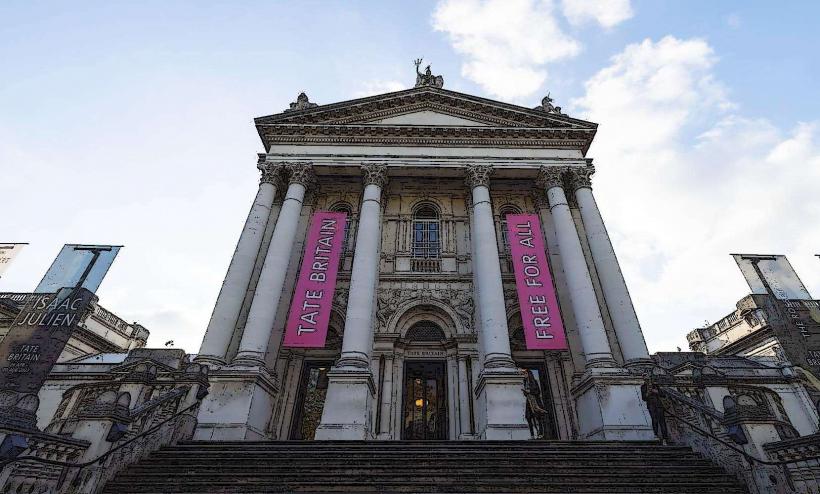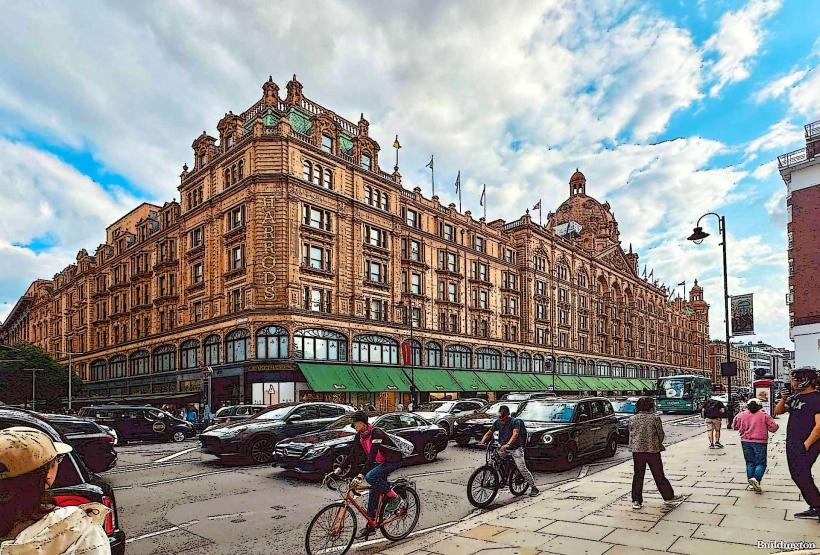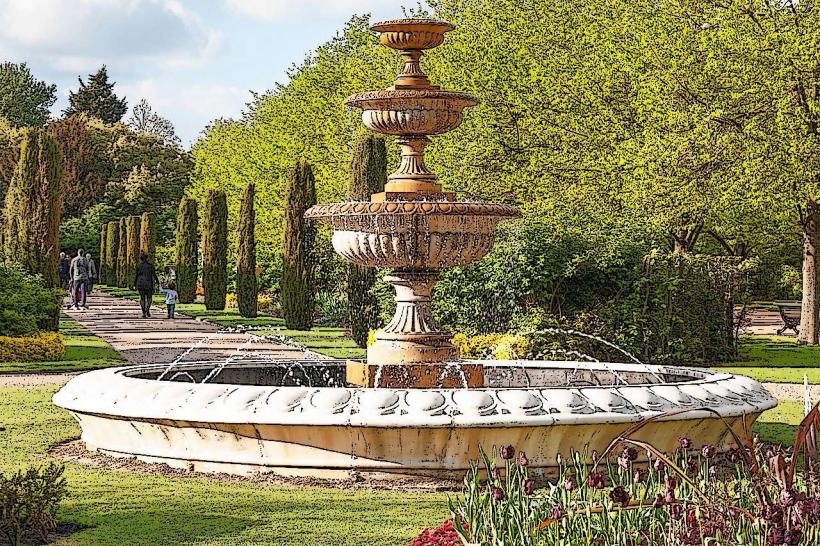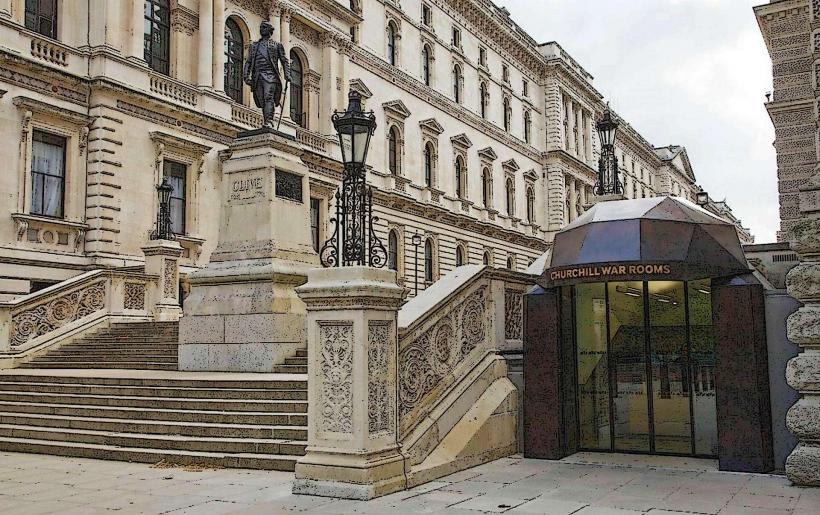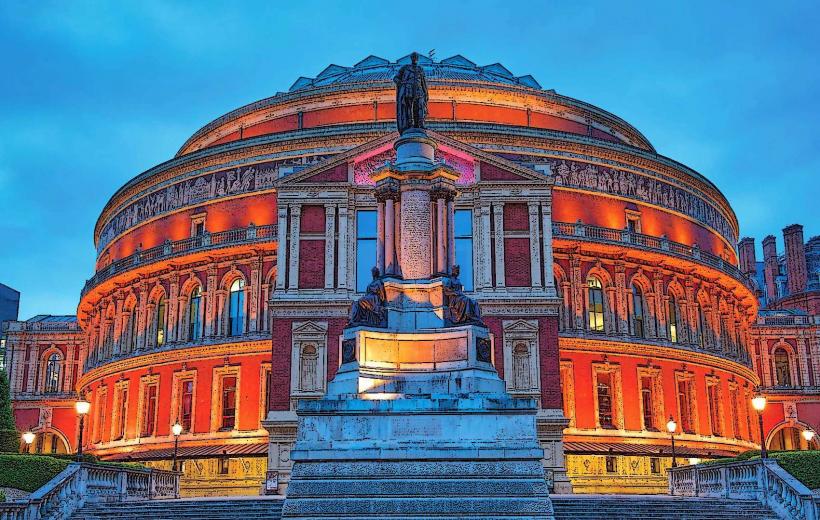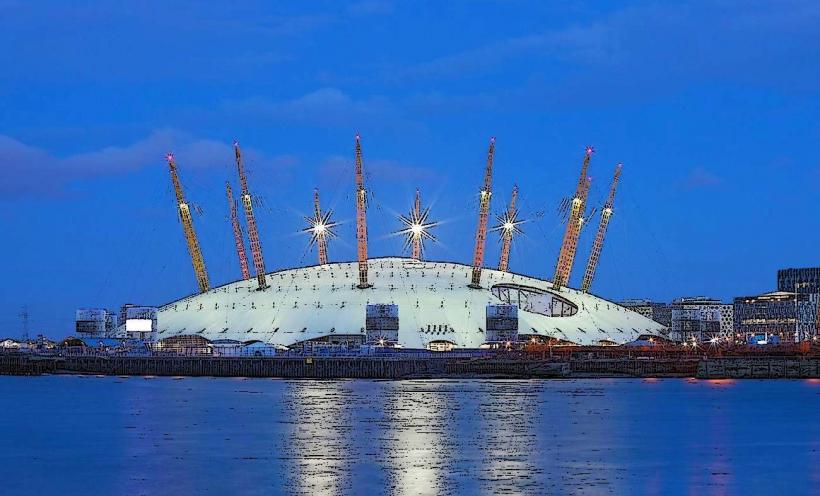Information
City: LondonCountry: United Kingdom
Continent: Europe
London is the capital and largest city of the United Kingdom, with a rich history dating back over 2,000 years. It is a global financial, cultural, and political center, known for its diverse architecture, world-class museums, iconic landmarks, and vibrant neighborhoods. Below is a detailed overview of London:
1. Geography and Location
- Location: London is situated in the southeastern part of England, on the River Thames. The city's coordinates are approximately 51.5074° N, 0.1278° W.
- Area: London covers an area of approximately 1,572 square kilometers (607 square miles), making it the largest city in the UK by area and population.
- Division: London is divided into 32 boroughs and the City of London, a small but historically significant area at the heart of the metropolis. The City of London is often referred to as "the Square Mile" and serves as the financial district of the city.
2. History
- Roman Era: London was founded by the Romans in AD 43 as Londinium. It quickly grew into a major trading port and urban center. The remains of Roman London can still be seen in places such as The Roman Wall.
- Medieval London: After the fall of the Roman Empire, London became an important city for the Anglo-Saxons and later the Normans. The Tower of London was built by William the Conqueror in 1066.
- Tudor and Stuart Periods: During the Tudor period, London flourished, particularly under Queen Elizabeth I, when it became a hub of art, culture, and trade. The Great Fire of London in 1666 caused widespread destruction but led to major urban rebuilding, including the construction of St. Paul’s Cathedral.
- Georgian and Victorian London: The 18th and 19th centuries saw rapid industrialization and urbanization. Victorian London grew significantly, with iconic landmarks such as Big Ben and the Houses of Parliament being built.
- 20th Century and Beyond: London played a pivotal role in both World War I and World War II. Post-war London saw rebuilding and modernization. Today, it remains one of the world's leading cities in culture, finance, and politics.
3. Landmarks and Attractions
London is home to numerous world-renowned landmarks and attractions:
- The Houses of Parliament and Big Ben: The Houses of Parliament, also known as the Palace of Westminster, are home to the UK’s government. Big Ben, the famous clock tower, is a symbol of London and one of the most recognized landmarks in the world.
- Buckingham Palace: The official residence of the British monarch, Buckingham Palace is a key landmark and tourist attraction. Visitors can witness the famous Changing of the Guard ceremony here.
- The British Museum: This iconic museum houses one of the largest collections of art, artifacts, and historical items, including the Rosetta Stone and the Elgin Marbles.
- The London Eye: A giant Ferris wheel on the South Bank of the River Thames, offering panoramic views of the city.
- The Tower of London: A historic fortress and former royal residence, home to the Crown Jewels and a deep part of England’s royal history.
- St. Paul’s Cathedral: An iconic church with a stunning dome, designed by Sir Christopher Wren after the Great Fire of London. It is one of the largest cathedrals in the world.
- The Tate Modern and Tate Britain: Leading art galleries that showcase both contemporary and classic British art. Tate Modern is housed in a former power station and features works from artists such as Picasso and Hockney.
- The Shard: Western Europe's tallest skyscraper, offering breathtaking views of London from its observation deck.
- Hyde Park: One of the largest and most famous parks in London, home to Speaker’s Corner, the Serpentine Lake, and the Princess Diana Memorial Fountain.
- The National Gallery: A major art museum located in Trafalgar Square, housing works from artists like Van Gogh, Da Vinci, and Turner.
4. Cultural and Artistic Heritage
- The West End: London's famous theatre district, where you can see world-class musicals, plays, and performances. Famous venues include the Royal Opera House, Lyceum Theatre, and Her Majesty’s Theatre.
- Museums and Galleries: London is a hub for world-class museums and galleries. In addition to the British Museum, National Gallery, Tate Modern, and Tate Britain, notable institutions include the Victoria and Albert Museum, Natural History Museum, Science Museum, and Museum of London.
- Music and Performance: London is home to iconic music venues such as Royal Albert Hall, The O2 Arena, and The Roundhouse, where global artists perform. The city has also produced famous musicians like The Beatles, David Bowie, and Adele.
5. Neighborhoods and Areas
- The City of London: Known as the financial district, it is home to the Bank of England, the London Stock Exchange, and skyscrapers like The Gherkin and The Cheesegrater. The area is rich in history, with landmarks such as St. Paul’s Cathedral and The Old Bailey.
- Westminster: Known for iconic landmarks like Big Ben, the Houses of Parliament, Westminster Abbey, and Buckingham Palace. It is also a political center of London.
- Soho: A lively, vibrant district known for its entertainment, dining, and nightlife, filled with theatres, restaurants, and bars.
- Covent Garden: Famous for its market, street performers, and historic architecture. It’s a major shopping and cultural destination in central London.
- Notting Hill: Famous for its colorful houses, Portobello Road Market, and the Notting Hill Carnival—one of the largest street festivals in Europe.
- Shoreditch: Known for its trendy street art, independent galleries, hipster cafes, and vibrant nightlife.
- Camden: A bustling area known for its alternative culture, eclectic markets, live music venues, and artistic vibe.
6. Transportation
- The London Underground (Tube): The world’s oldest underground rail network, with 11 lines covering over 400 kilometers. The Tube is the primary method of transport for Londoners and tourists alike.
- Buses: London’s iconic red double-decker buses are an easy and scenic way to navigate the city.
- Black Cabs: London’s famous black taxis are a traditional form of transport in the city, providing a convenient and classic way to get around.
- London Heathrow: One of the world’s busiest international airports, connecting London to cities around the globe.
- River Thames: River bus services, as well as tourist cruises, operate along the Thames, offering unique views of the city from the water.
7. Economy
- Finance: London is one of the world's financial capitals, housing the Bank of England, the London Stock Exchange, and numerous financial institutions. The city’s financial services sector is a significant part of the UK economy.
- Retail: London is a global shopping destination, with iconic shopping streets like Oxford Street, Bond Street, and Regent Street. Major department stores such as Harrods and Selfridges are internationally renowned.
- Tourism: As one of the most visited cities in the world, tourism plays a key role in London’s economy. The city’s landmarks, cultural sites, and museums attract millions of tourists every year.
8. Parks and Green Spaces
- Hyde Park: One of London's largest and most famous parks, offering a serene escape from the hustle and bustle of the city.
- Regent’s Park: Home to London Zoo, beautiful gardens, and boating lakes.
- Greenwich Park: Known for its Royal Observatory, offering stunning views of the River Thames and London.
- Hampstead Heath: A large, wild park with stunning views of London’s skyline from Parliament Hill.
9. Events and Festivals
- Notting Hill Carnival: A major street festival held every August, celebrating Caribbean culture with parades, music, and dancing.
- London Fashion Week: A major event in the global fashion calendar, showcasing the latest collections from top designers.
- The Thames Festival: Celebrates London’s river, with events, performances, and cultural activities along the Thames.
10. Educational and Research Institutions
- University College London (UCL): One of the world’s leading universities, located in the heart of London.
- Imperial College London: A global leader in science, engineering, and medical research.
- London School of Economics (LSE): One of the foremost social science universities, particularly noted for economics, politics, and international relations.
Conclusion
London is a dynamic and ever-evolving city, blending ancient history with cutting-edge modernity. Whether you’re interested in history, art, shopping, or dining, London offers something for everyone. Its iconic landmarks, world-class museums, diverse neighborhoods, and vibrant culture make it one of the most exciting and influential cities in the world.

